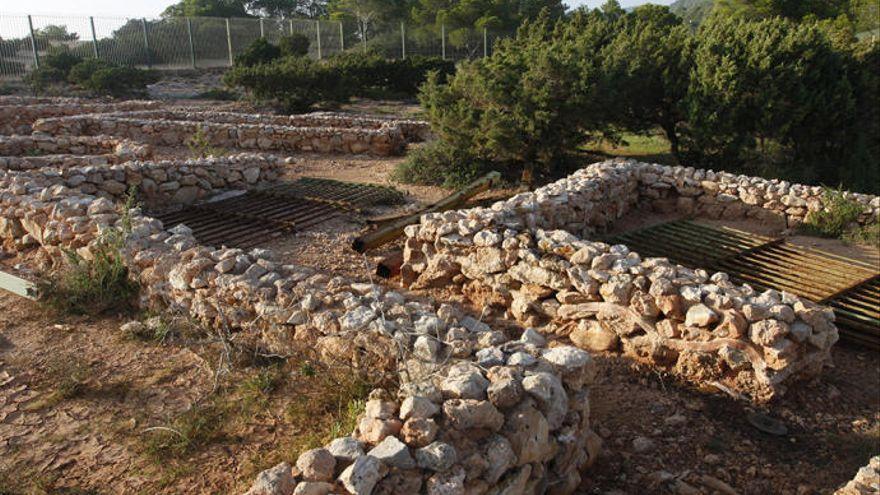Every time a large-scale construction project is undertaken on Ibiza, archaeological remains appear, vestiges of the past of an island inhabited by various civilizations accross the centuries. Some of these remains have been protected and placed in museums, others have suffered a worse fate and succumbed to the asphalt or the foundations of an apartment block or a house.
Visit Ibiza’s archaeological sites
The best known and most important archaeological site on Ibiza is undoubtedly the Phoenician settlement of sa Caleta (7th century B.C.), surrounded by a fence and with a museumization project underway with no date of completion. It is located near the beach of es Bol Nou, in a small peninsula shared with military bases.
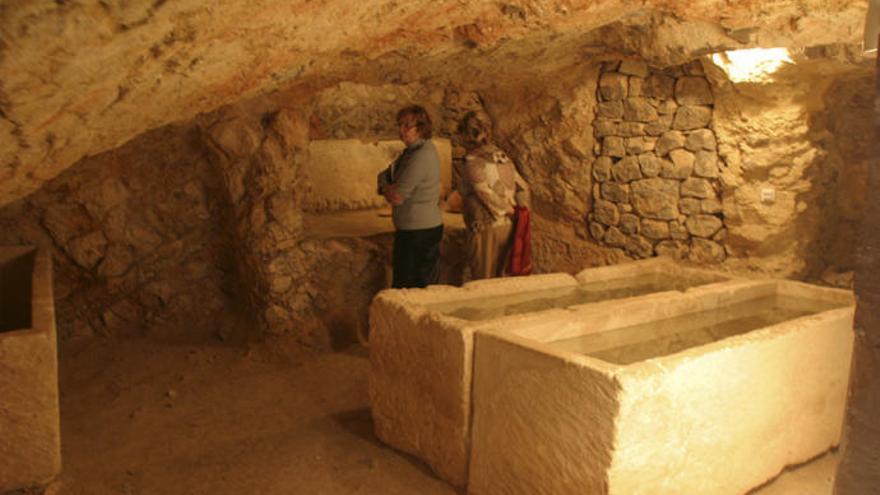
The Necropolis of Puig des Molins (7th century B.C.), in the center of Ibiza, is another of the island’s archaeological jewels, a cemetery with 3,000 tombs carved into the rock. Next to the necropolis is the Archaeological Museum of Puig des Molins, from which you can access a small part of the cemetery and enter some of these graves by stairs.
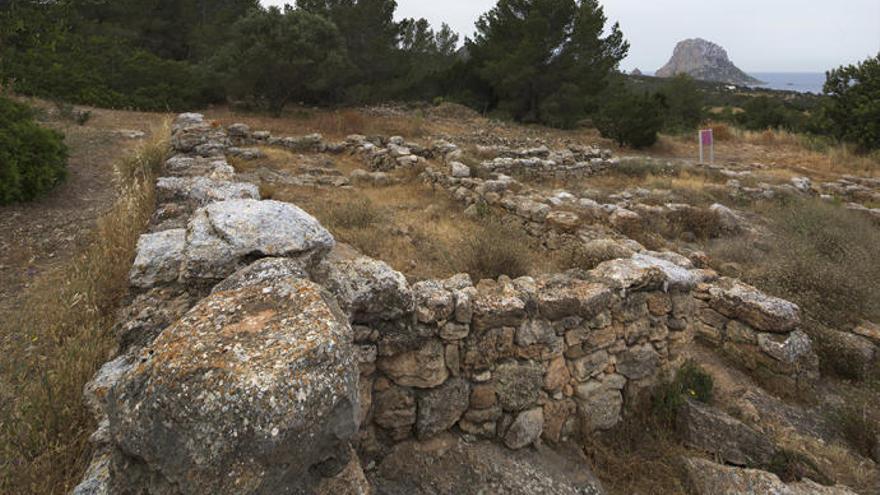
Between Cala D’hort and Cala Vedella is Ses Païsses de Cala d’Hort a Punic-Roman settlement (5th century BC) with two buildings and two necropolis, which is easy to access as it is well signposted.
The Cova de es Culleram in Sant Vicent de Sa Cala, is another archaeological site on the island. It is located 150 meters above sea level and was a sanctuary for the cult of the goddess Tanit. It can only be visited in summer, the rest of the year it remains closed.
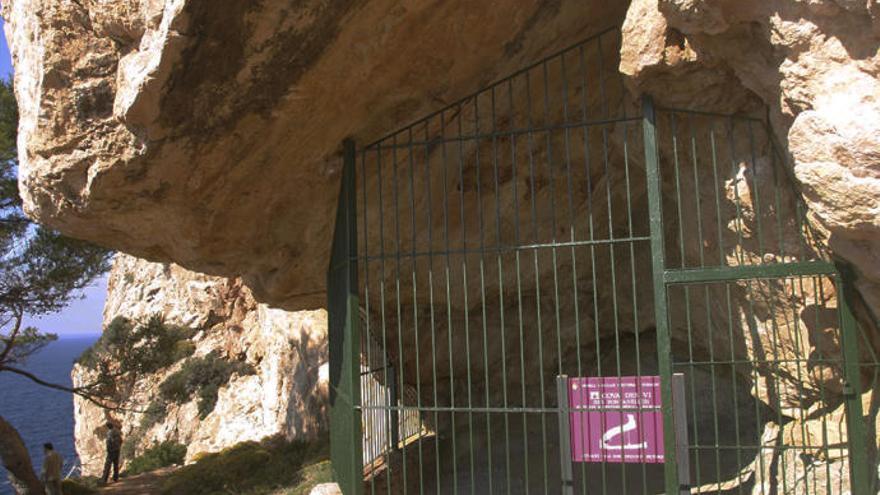
The Cova del Vi or ses Fontanelles cave near Cala Salada, is a cave with cave paintings that served as a wine cellar. Later studies disprove the thesis of the French archaeologist Henri Breuil, who dated these paintings at 1,000 years B.C., and place them in the Punic period. The paintings are not easy to see, but the walk along the cliffs is well worth it.
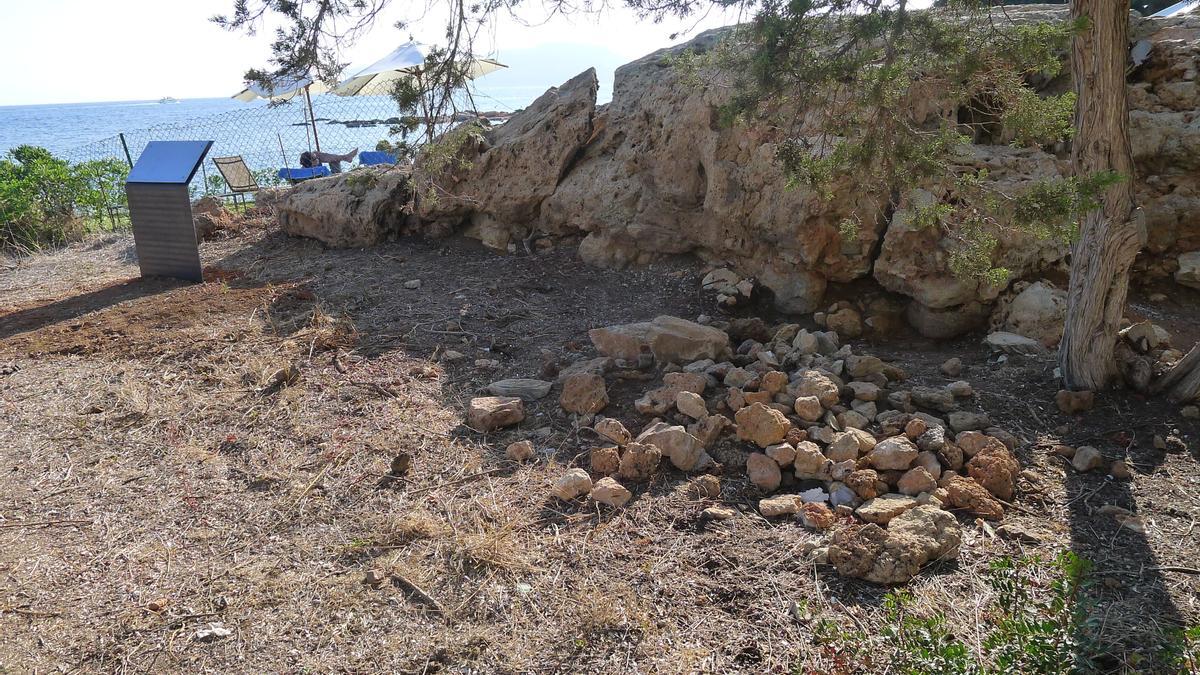
A Roman aqueduct crosses part of the municipality of Santa Eulària until it reaches the coast. It is the s’Argamassa aqueduct, a Roman construction from the 1st century, which transported fresh water to a fish farm on the coast.
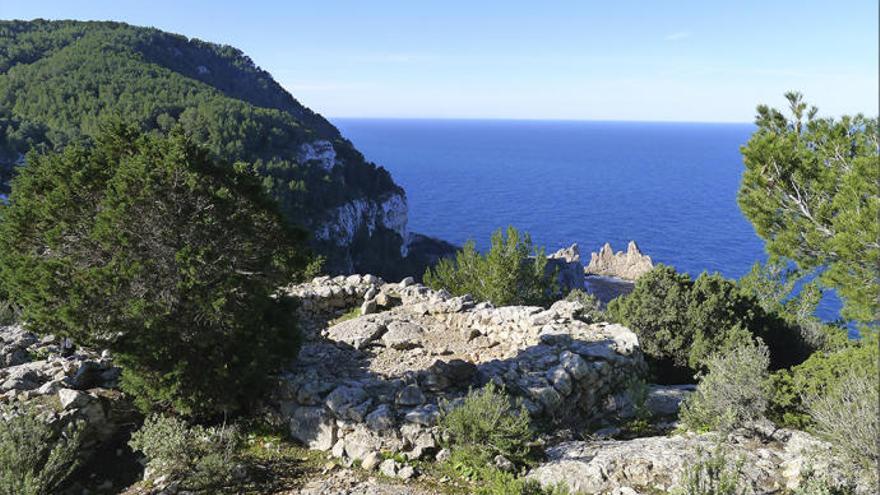
Another great archaeological site is the mysterious Torres d’en Lluc located very close to the cliffs of Cala d’Albarca, between Santa Agnès and Sant Mateu. They are part of an ancient fortress complex in a privileged location whose exact origin has not been established.

A more accessible archaeological site is Sa Penya Esbarrada, which are the remains of a small, 12th century Muslim farmhouse. It is located in Pla de Corona, very close to the famous lookout of the Ses Margalides islands and the small restaurant Las Puertas del Cielo.
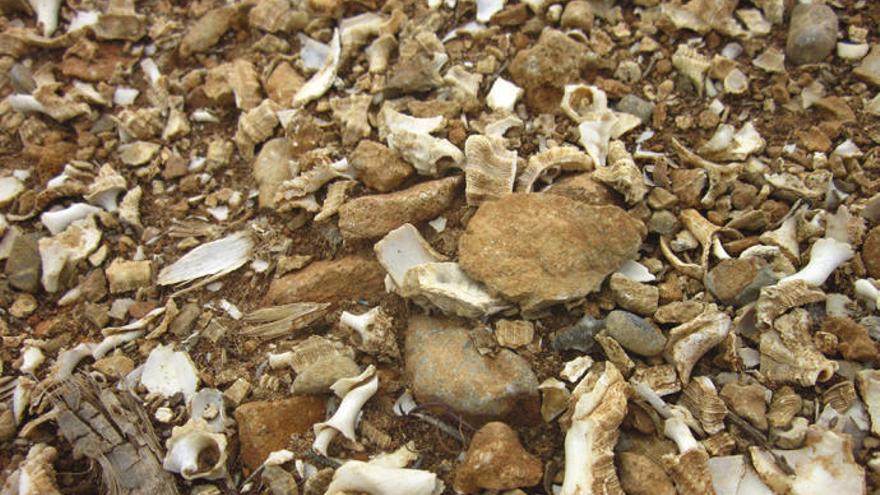
Lesser known, in la Xanga, between the Torre de Sal Rossa (at the end of Platja d’en Bossa) and the beach huts, you can find tons of gastropod shells from which the Punics and Romans extracted the hypobranchial gland with a clean and precise cut in order to manufacture the color purple. One only has to look at the ground to see this small deposit with centuries of history.

In Dalt Vila stands the Centro de Interpretación Madina Yabisa where you can see a remnant of the old medieval wall of Ibiza.
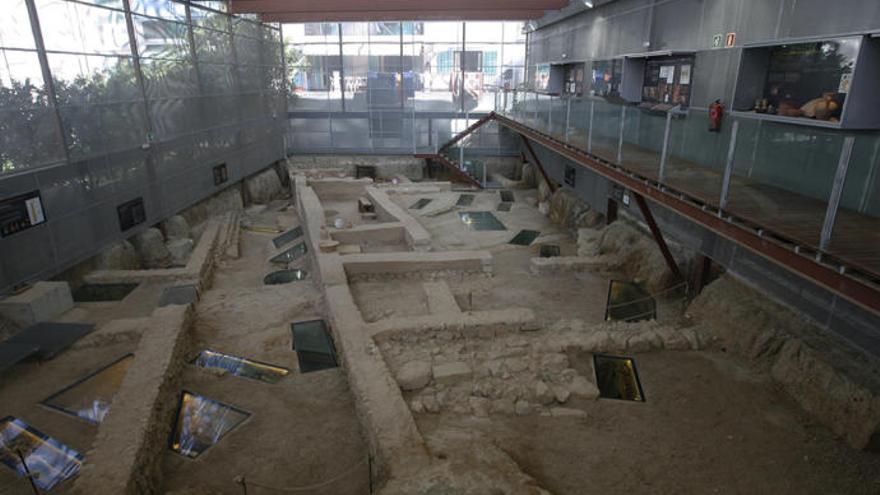
In lot number 12 of calle sa Capelleta of Ibiza is the Centro de interpretación de Sa Capellet, a Punic, Roman and Islamic archaeological site, where you can see graves and an urban suburb outside the walls of the Islamic period.
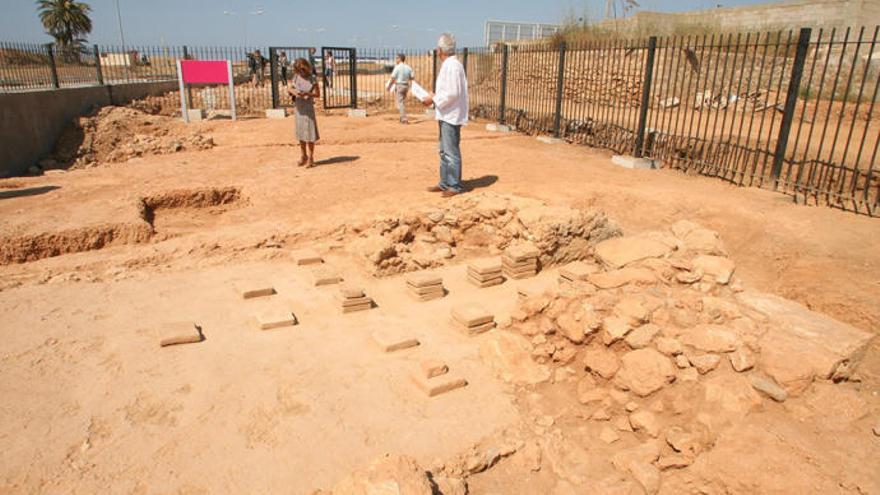
Other sites are integrated into buildings, such as a hypocaust -a heating system used by the Punics in important Roman villas- and some walls from the same period that can be seen through a glass pane in the sa Bodega school on Ibiza. Or the hypocaust which is right next to the sant Jordi racetrack.
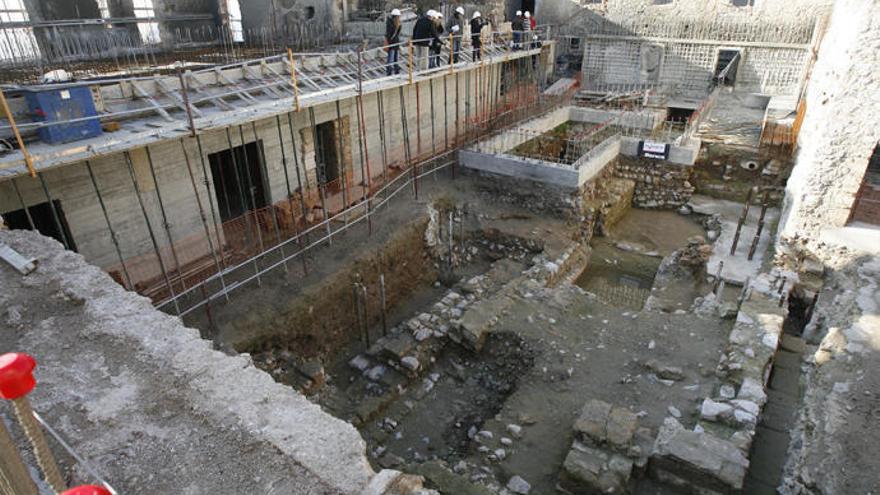
The Ibiza Parador de Turismo which has been under construction for several years, houses the archaeologicalremains of a Roman temple, which will be visible in part, once the works are finished, although no further excavation will be carried out to investigate this site. The archaeologists could only estimate after their discovery that the building was last occupied between the 5th, 6th or even 7th century. Its construction was not prior to the 1st century BC and 1st century AD, in Roman times. They also concluded that from the tenth century, during the Islamic period, the building was already in disuse and they began to dismantle and use the materials in other constructions.

Cultivation trenches are very commonand are usually from the late Punic and Roman periods, but there are also more recent ones. Many sites of this type have been found, such as the one hidden in the Camí Vell de Sant Mateu in Puig d’en Valls, where the construction of a public housing development was planned years ago, or those that were found during the works of the Jesús bypass, which can be seen in the image above.

Also next to the Camí Vell de Sant Mateu, the vestiges of a late Punic rural settlement (between the 3rd to 1st centuries B.C.) were found in 2014, consisting of 10 rooms, a wine or oil production center and a necropolis from the Byzantine period with 18 tombs. They cover an area of 4,500 square meters. These remains are currently being covered, as shown in the image below, for a second phase of museumization.
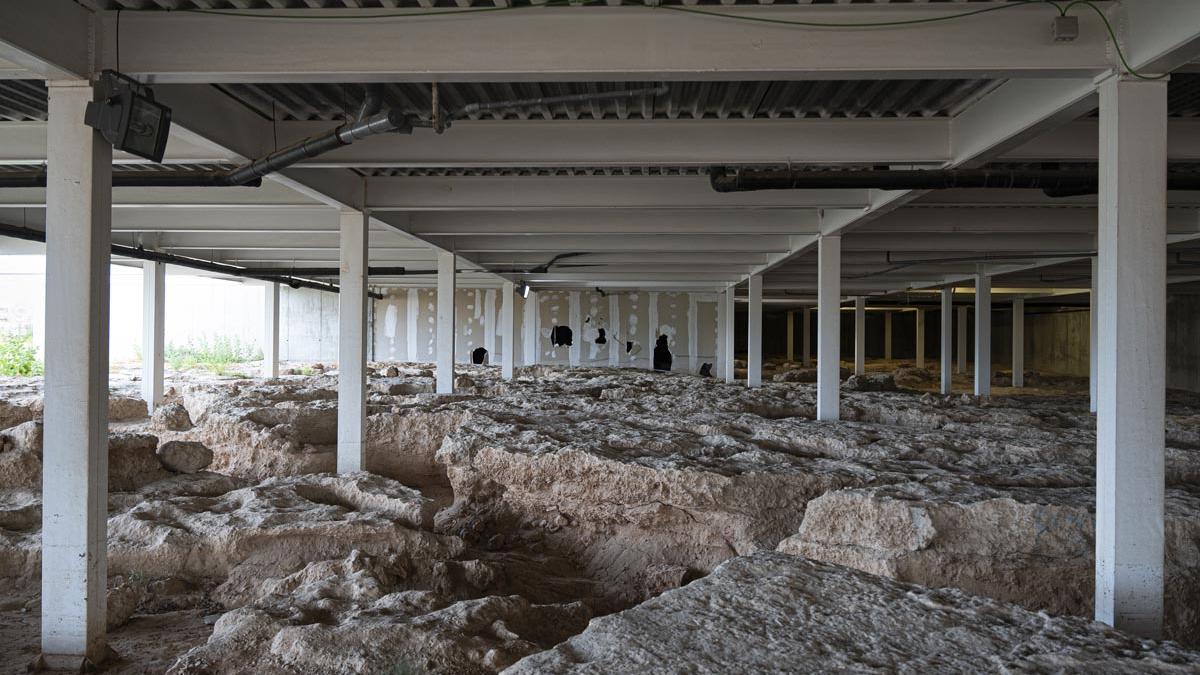
For the production of this article we have used the Diario de Ibiza newspaper library and the Ibiza 5 senses Guide.
For the full article, please visit Diario de Ibiza website here.

